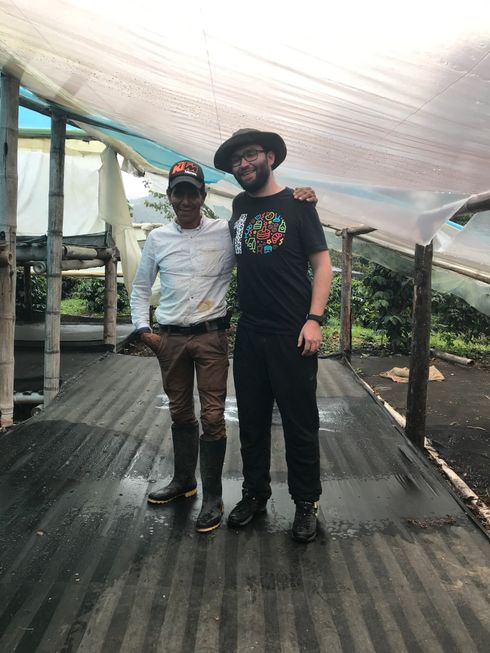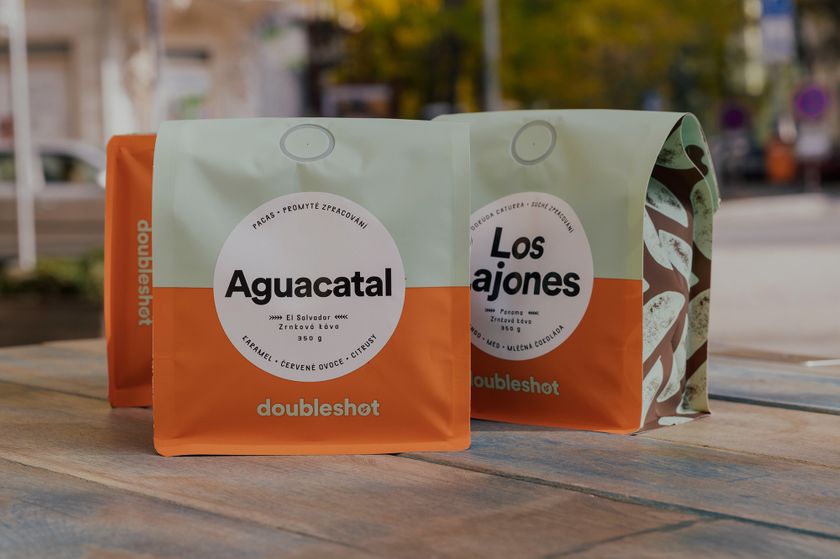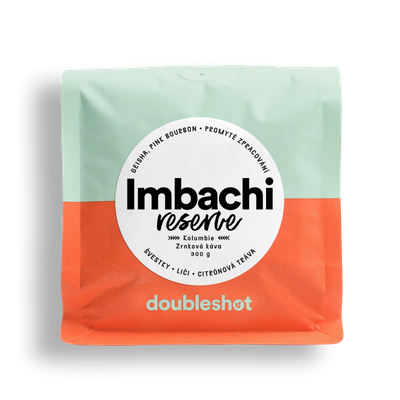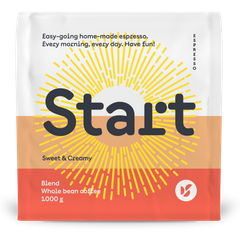
| Country | Colombia |
|---|---|
| Farm | Finca Buenavista |
| Varietal | Arabica Geisha and Pink Bourbon |
| Processing | Washed |
| Crop | March 2023 |
| Partnership | 13 years |
| Coffee type | Whole bean |
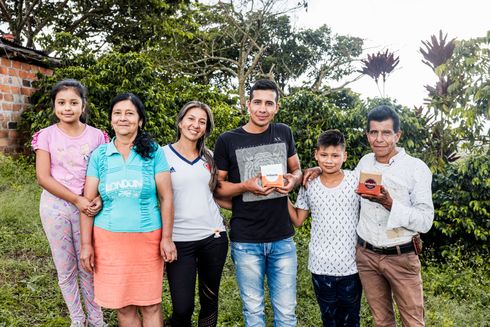
Long term partnership
Since the very beginning of our company we decided to create direct relationships with producers who have similar philosophy about growing and processing specialty coffee (see Farmers and Crops for more info). Carlos Imbachi has been one of them and we are extremely happy to offer you another selection of his crop, 13th year in a row.
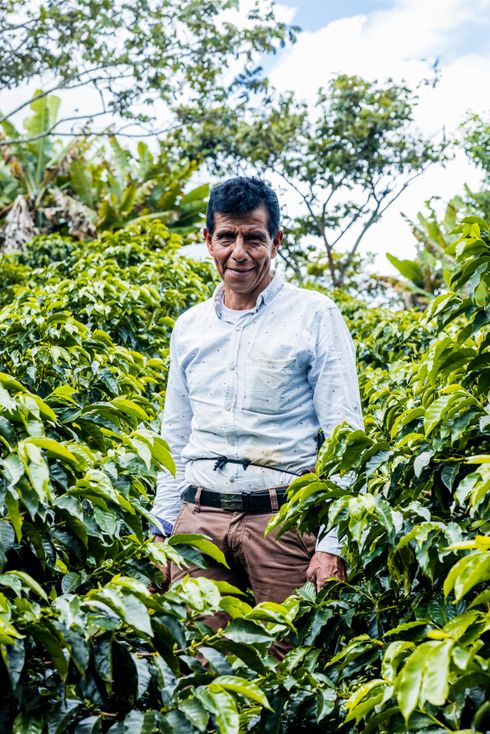
Bright future
We are very happy to see that Carlos and Yolanda's kids continue with the legacy of their parents. It is not very common in Colombia to see young producers to follow in the footsteps of their parents. The average age of a coffee farmer is around 60 years. Diego, Sonia and Ever work on their own parts of the farm while Didier has a QC job with our exporting partner Caravela.
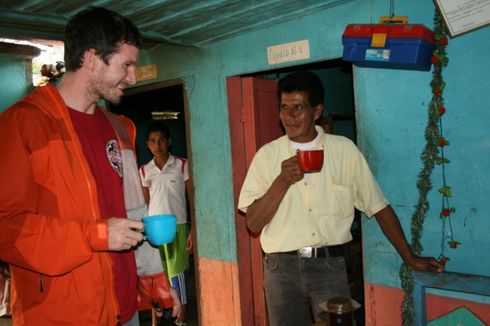
Why blending pink bourbon and geisha?
These two are possibly the most trendy varities in the current world of specialty coffee. Pink bourbon has been around since 1980's but its exact origin is unknown. Some say it is a spontaneous hybrid of red and yellow bourbon first found in the southern part of Huila, which is the same region as where Imbachi farms are situated. However, Cafe Imports, a famous US based coffee importer, recently conducted genetic tests of pink bourbon which proved the variety is much closer to Ethiopian heirloom varities than to bourbon. Much has been said about geisha already. Nowadays, it can be found at almost every single specialty coffee farm in the world, however, the highest priced geishas still come from Panama.
Since both varities are genetically very close, we though why not to try blending them. The result is a cup with amazing complexity. You will find thick and sweet notes of ripe plums together with floral aromatics and tropical fruits aftertaste.
Specific micro-climate
Currently, we are buying various microlots from the Imbachi family 3-4x per year. Huila is specific for its climate which allows the producers to pick cherries basically all year around. Traditionally, the crop used to be divided into main (principal), which last from October until December and mitaca (March-June). This division however slowly loses its meaning.
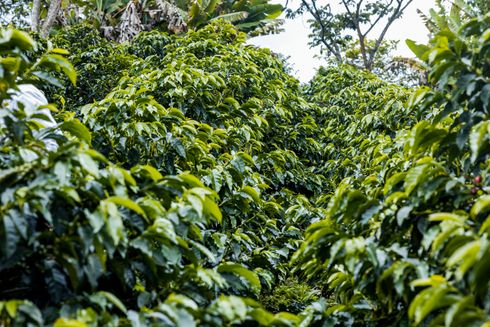
Fresh coffee all year around
The flavour profile of Imbachi coffee might change a bit during the year, since we purchase approx 15-20 different microlots (each 100-1000 kg). On the other hand, the freshness of the beans is a major benefit because its almost impossible to have "aged" coffee.
The Imbachi family produces approx. 17 tons of coffee in parchment per year depending on the size of the crop. All coffee is fully washed and dried in secaderos.
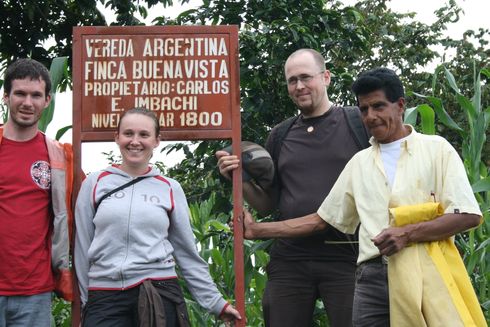
SCAA Best Coffee of the Year
His farm Buenavista is located in 1800 masl altitude, nearby San Augustin village in Huila. Carlos has more than 4,5 ha of pure caturra trees, together with a little bit of pink bourbon and geisha. Carlos won the prestigious title of SCAA Best Coffee of the Year 2009 and 2010.
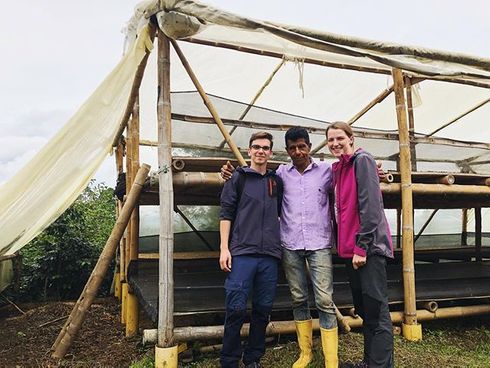
Processing
After collecting and pulping freshly picked cherries, they are fermented (without water) for approx. 16-24 hours. Previously, Carlos was drying his coffee on the traditional Casas Heldas - moveable roof patios. Basically the whole roof of the house slides over to uncover the patio. Once it starts raining, roof is moved back to cover the beans. Nowadays, this system has been replaced by drying houses (“secaderos”), which provide better air circulation and more even drying conditions.
